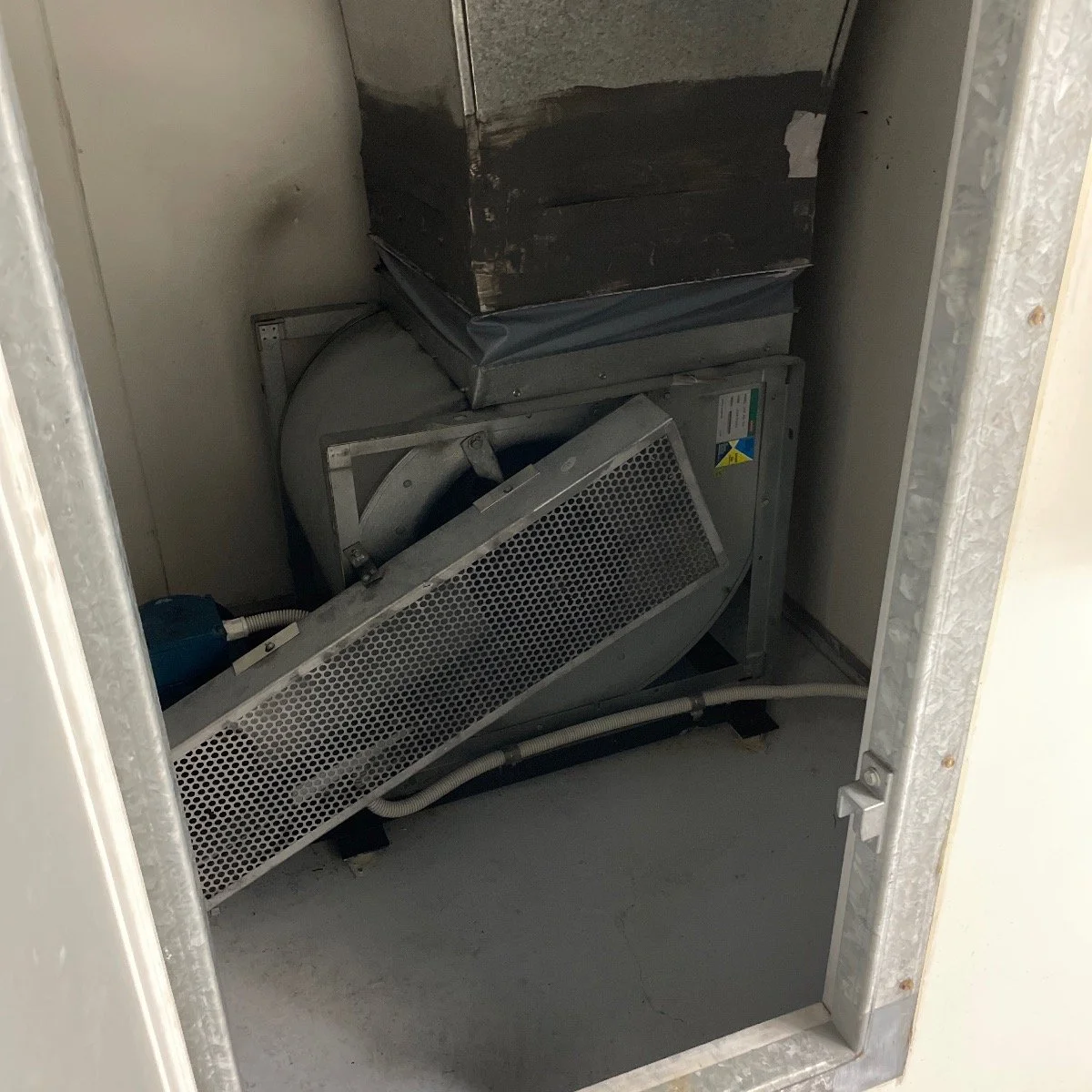Understanding the Different Types of Fans in HVAC Systems
Fans are essential components in heating, ventilation, and air conditioning (HVAC) systems, used to move air through ducts and provide ventilation to buildings. There are many different types of fans available, each with unique features and applications.
Axial Fans: These fans have blades that rotate around an axis and are used for high-volume, low-pressure applications such as cooling towers, condensers, and air-cooled heat exchangers.
Centrifugal Fans: These fans use a rotating impeller to create a high-pressure, high-velocity stream of air. They are often used for ventilation, air conditioning, and heating systems.
Mixed Flow Fans: These fans combine the characteristics of both axial and centrifugal fans. They are used for medium-pressure, medium-volume applications such as air handling units, heat recovery systems, and ducted exhaust fans.
Plug Fans: These fans are an energy-efficient alternative to belt-driven centrifugal fans. They use a direct drive motor to reduce energy consumption and improve reliability.
Inline Fans: These fans are installed within a ductwork system and are designed to be installed in-line with the duct. They are used for a variety of applications, including ventilation and air conditioning systems, industrial processes, and cleanroom applications.
Roof Fans: These fans are designed to be installed on the roof of a building and are used for ventilation and air conditioning systems. They can be either centrifugal or axial fans.
Wall Fans: These fans are installed on the exterior wall of a building and are used for ventilation and air conditioning systems. They can be either axial or centrifugal fans.
Portable Fans: These fans are small and portable, designed to be moved from room to room. They are commonly used in residential and small commercial applications.
When selecting a fan for a specific application, factors such as airflow rate, pressure, power consumption, and noise levels should be considered. It is also important to consider the size and shape of the space to be ventilated, as well as any special requirements such as hazardous material handling or cleanroom applications.
In conclusion, the HVAC industry offers a wide range of fan options to meet various ventilation and air conditioning needs. Each fan type has unique characteristics and applications that can impact efficiency, noise levels, and airflow rates. When selecting a fan, it is important to consider the specific needs of the space and the system requirements to ensure optimal performance.



